Northwest Michigan weather conditions, grapevine development and management
Although grapevines may be slow to wake up this season, do not sleep on early season vineyard management. Also, don’t forget about our June 4 Pre-bloom Meeting in Leelanau County.

Vineyard conditions during much of May 2019 have been both helpful and frustrating. The cooler than average spring temperatures (Table 1) and cloudy days have delayed bud break and initial shoot growth for most cultivars, which are currently between wooly bud (Eichorn and Lorenz Stage 3, Photos 1-3) and green tip with first leaves visible (E.L. Stage 4, Photos 4-6), and have given vineyard crews time to catch up on pruning, tying, dormant sprays, repairing damaged trellises (Photo 7) and general vineyard sanitation practices like removing diseased vine material.
On the other hand, the cool and wet conditions (Table 1) make optimum dormant fungicide application difficult. These conditions are suitable for increased vineyard floor management (Photo 8), and most importantly, the spread of grapevine diseases like phomopsis, downy and powdery mildew, black rot and anthracnose, and this makes controlling these pathogens a critical practice to set the stage for a successful year of grape production.
By now, most grape producers have implemented at least one dormant fungicide application to their grapevines and are preparing their operations for phase one (early season) grapevine disease control. Phase one is based on the phenological development of the grapevine and starts when shoots are 1 to 3 inches in length and ends about four weeks after bloom.
Stay ahead and review early season management recommendations and attend the June 4 Pre-bloom Meeting in northwest Michigan.
|
Table 1. Five-year averages of rainfall (inches and hours) and heat units (GDD) recorded April 1–May 21 at the Northwest Michigan Horticulture Research Center. |
|||
|
Year |
Environmental factors recorded April 1–May 21 |
||
|---|---|---|---|
|
Inches of rainfall |
Hours with rainfall |
GDD |
|
|
2019 |
4.8 |
110 |
112 |
|
2018 |
3.49 |
76 |
213 |
|
2017 |
3.35 |
87 |
236 |
|
2016 |
2.09 |
67 |
174 |
|
2015 |
2.51 |
77 |
203 |
|
2014 |
6.93 |
138 |
130 |
|
Average of 5 years |
3.67 |
89 |
191 |
Table 1 highlights how this spring (2019) has been wetter and cooler than normal with greater amount (inches) and duration (hours) of rainfall and less heat unit accumulation (GDD) than the five-year average. This data was recorded on Leelanau Peninsula AVA. However, the general environmental trends can also be applied to Old Mission Peninsula AVA. Grapevine phenological stages are based on the modified Eichhorn and Lorenz (1997) and adapted by G.V. Jones (Photo 9).
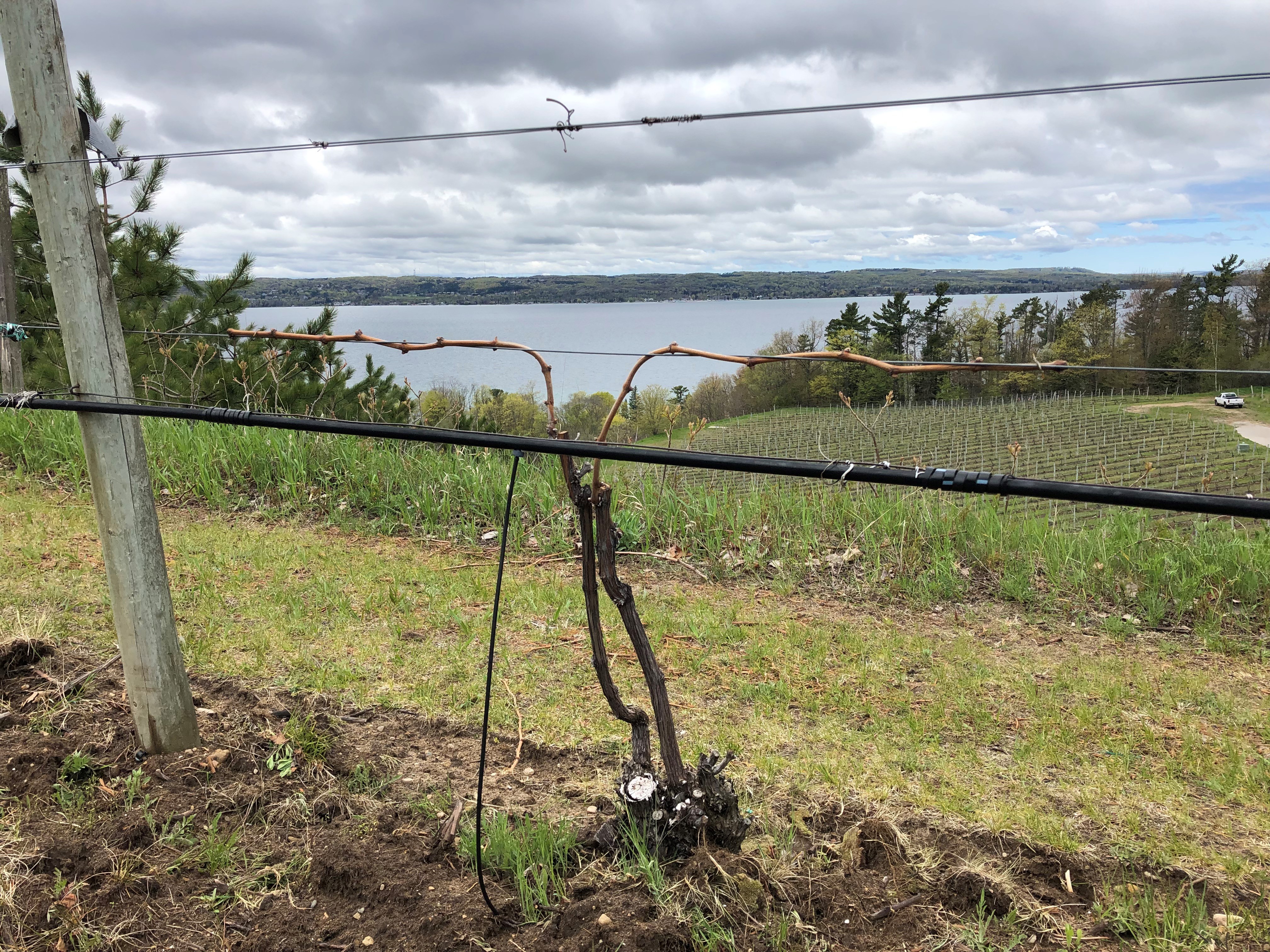
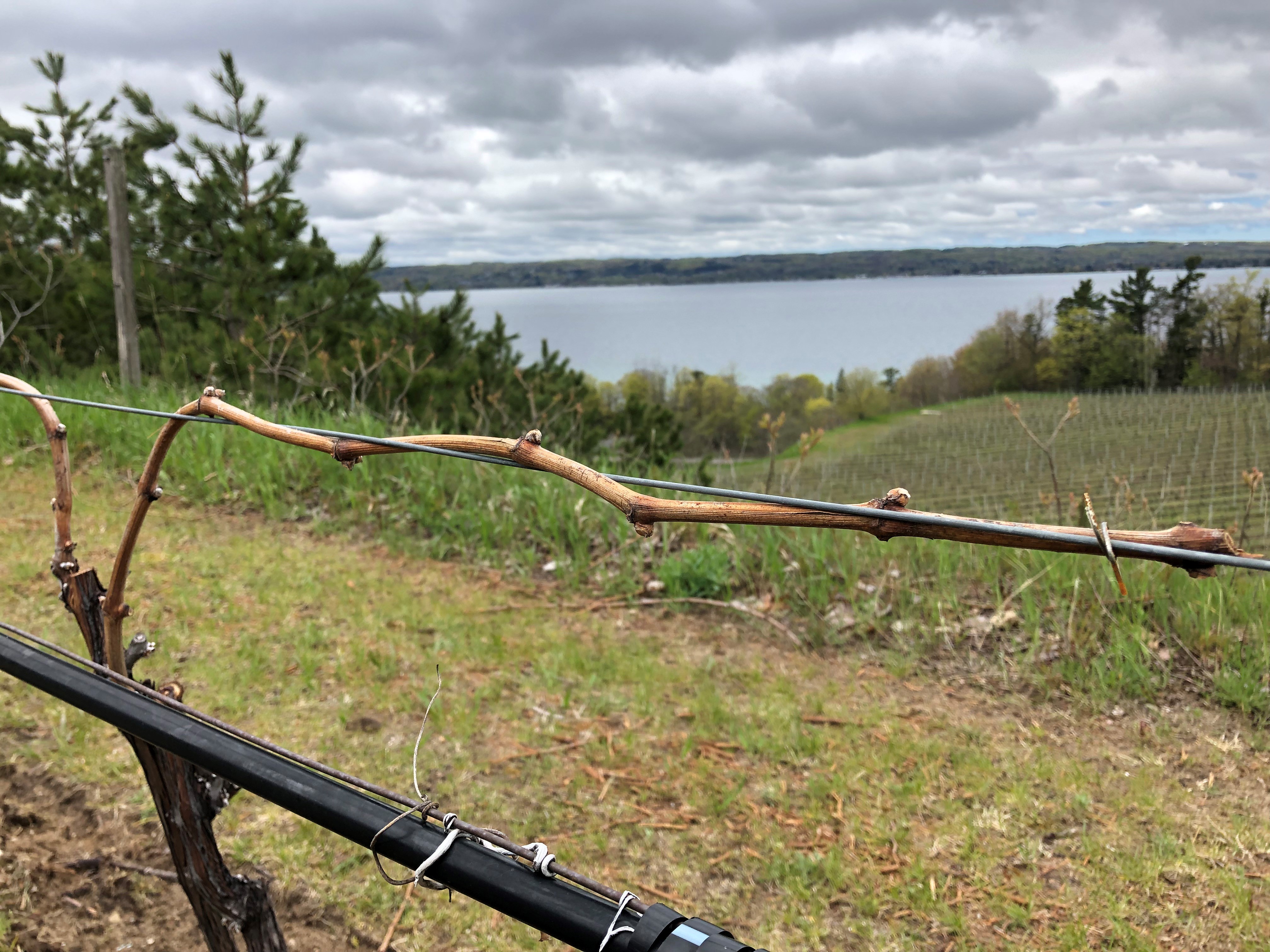
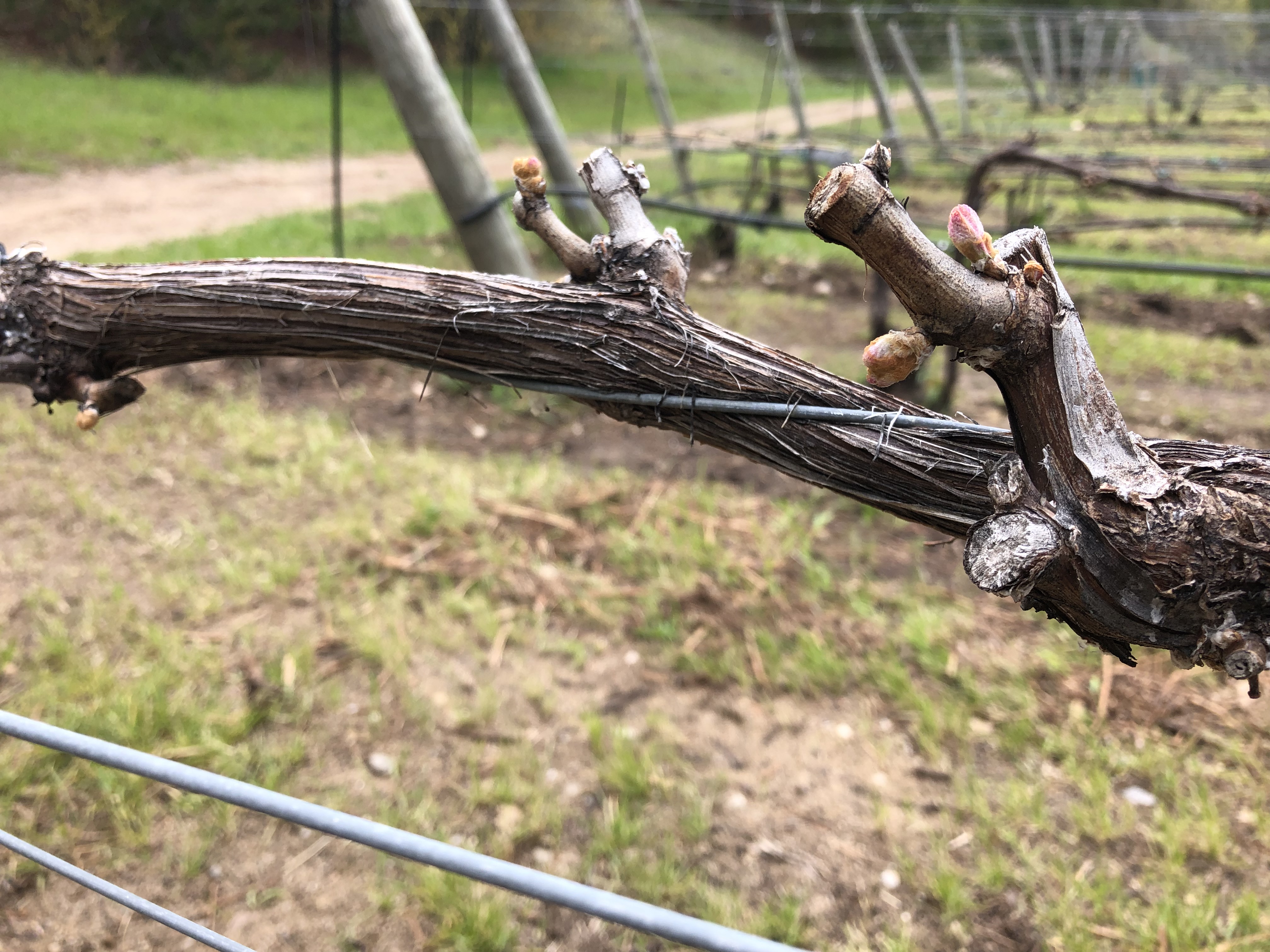
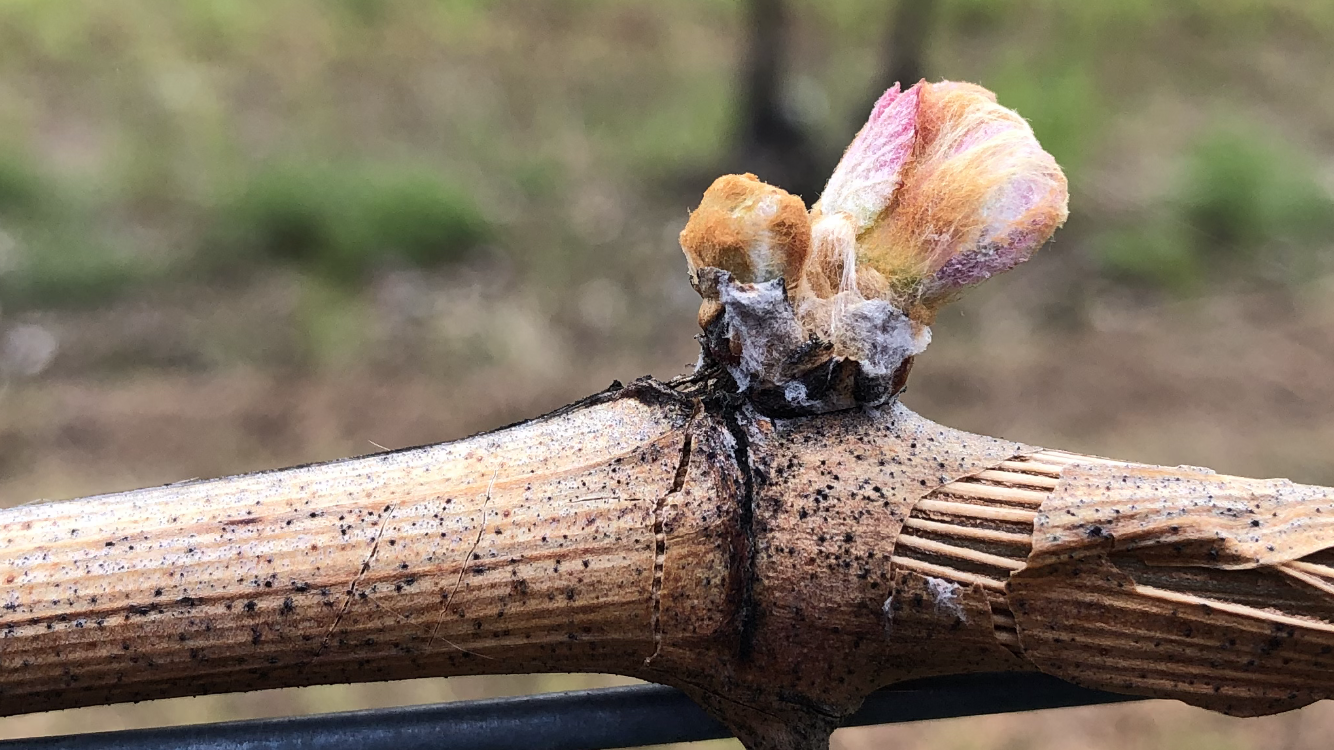
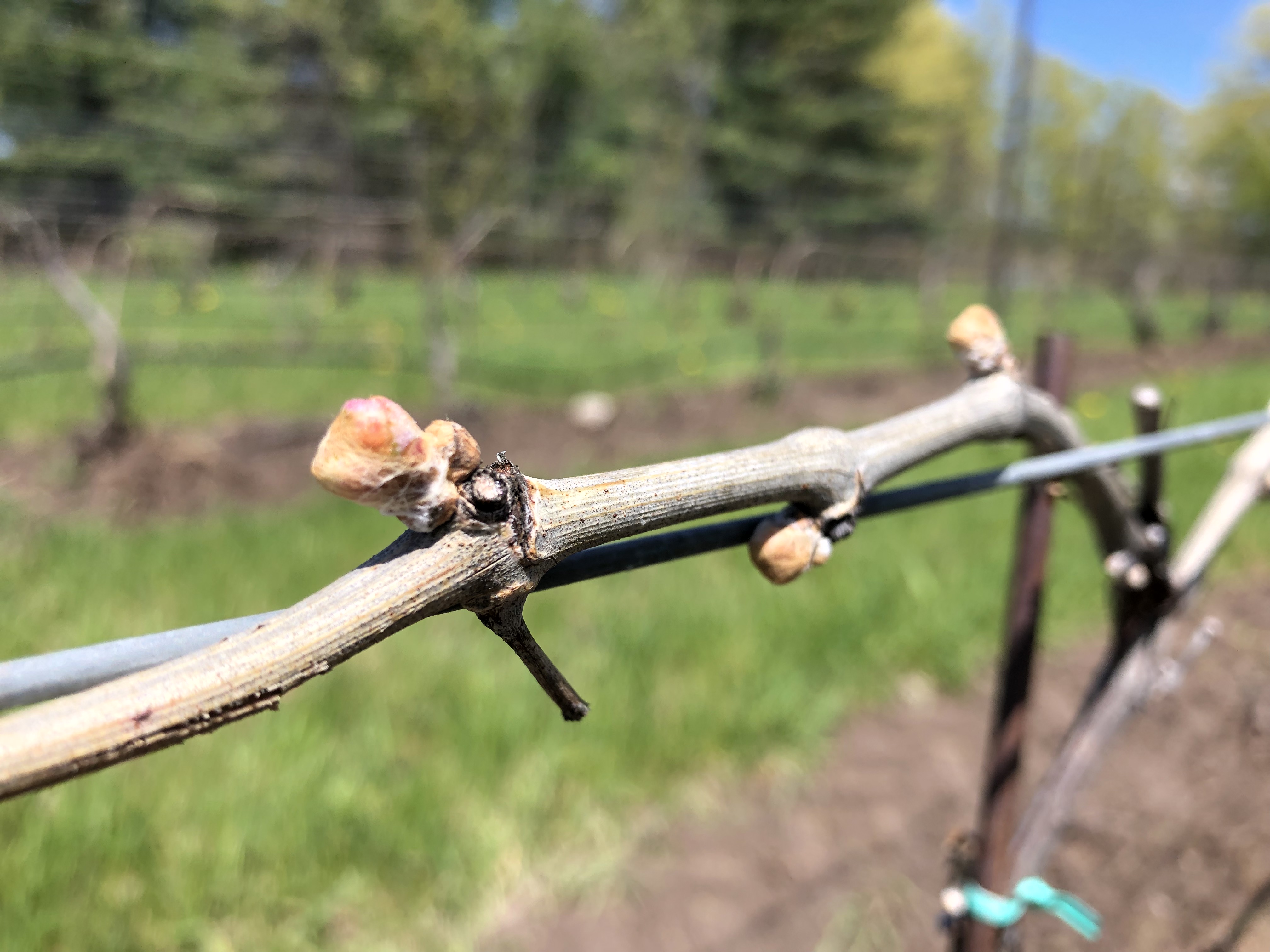
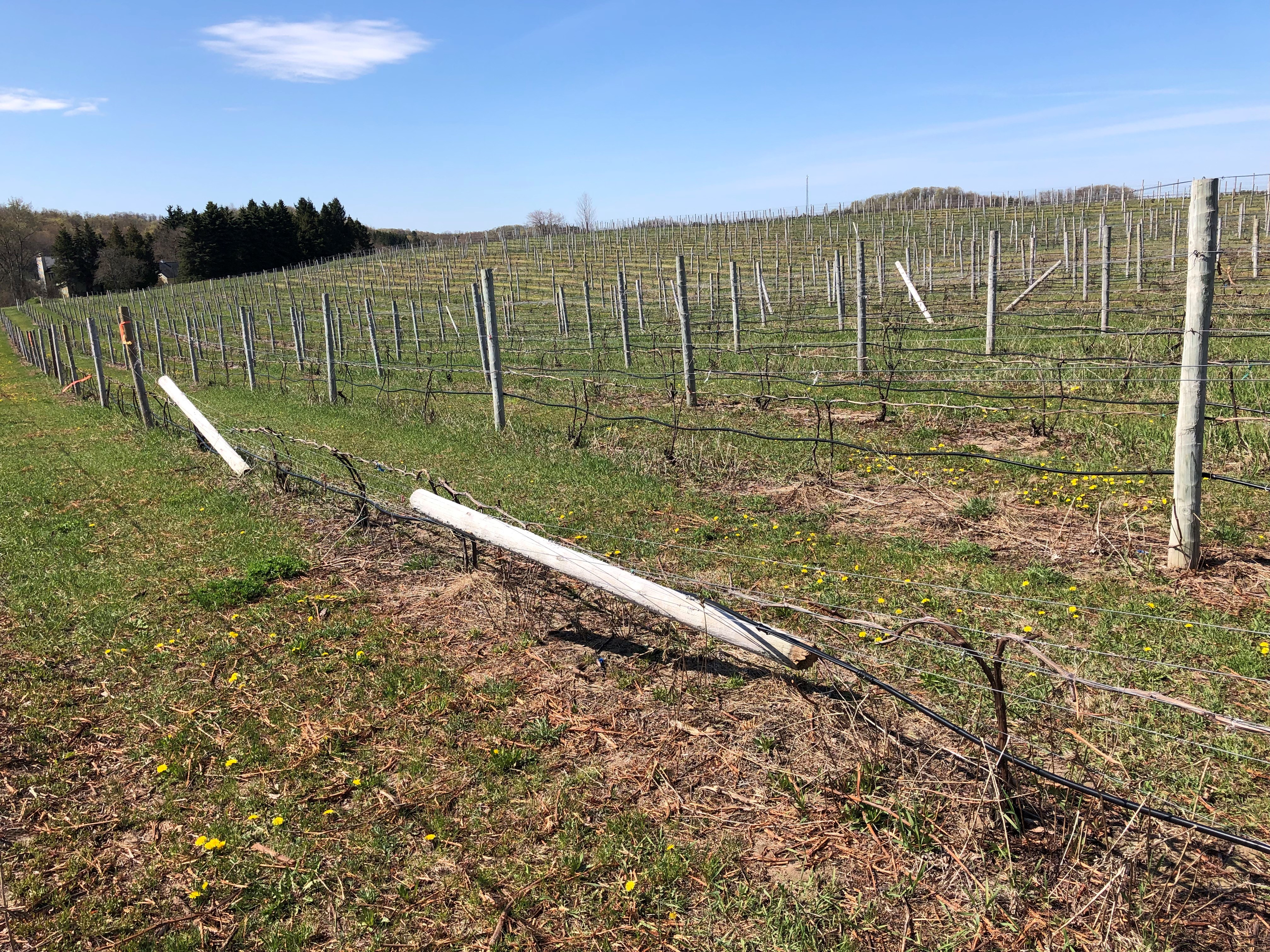
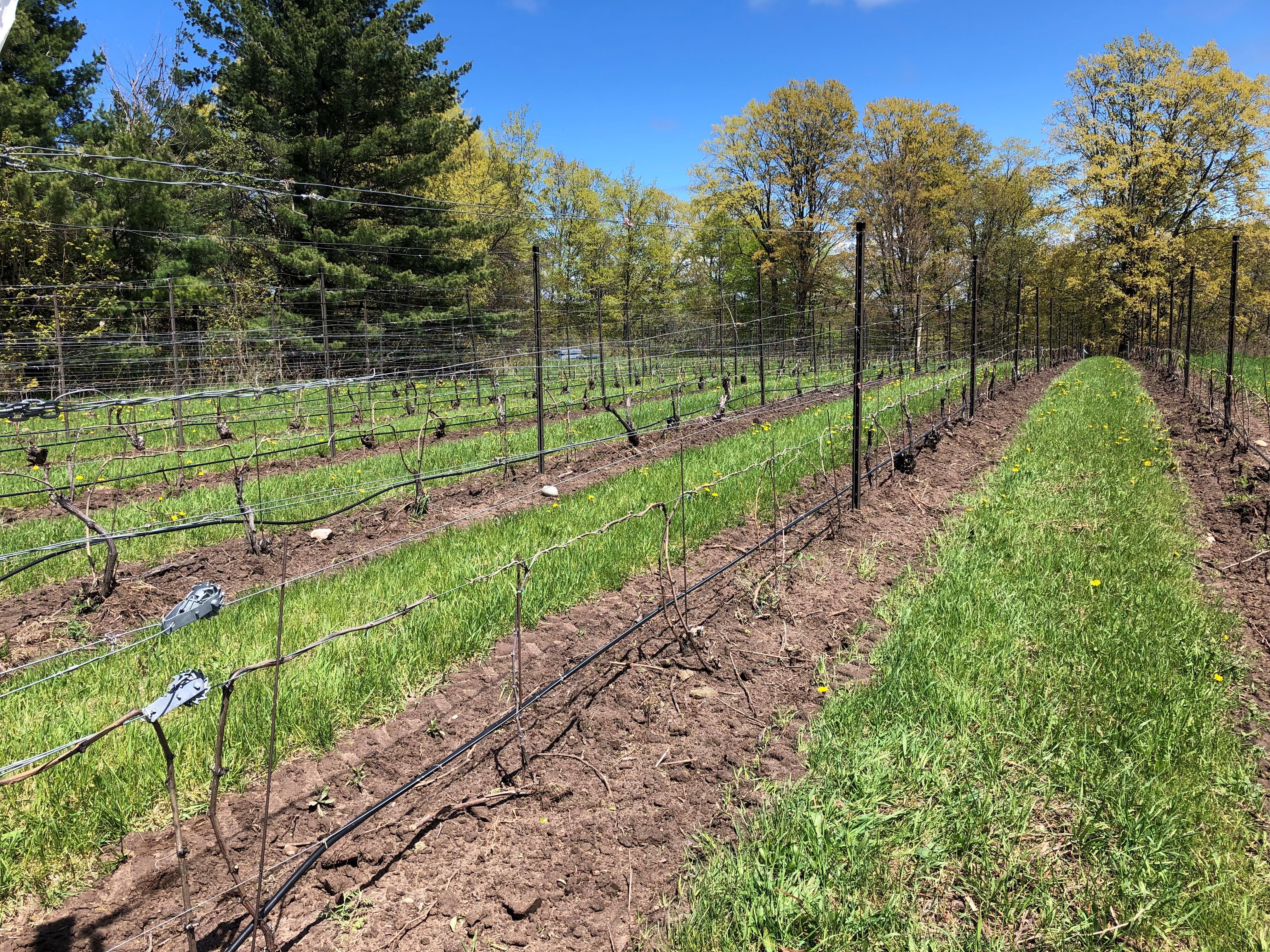
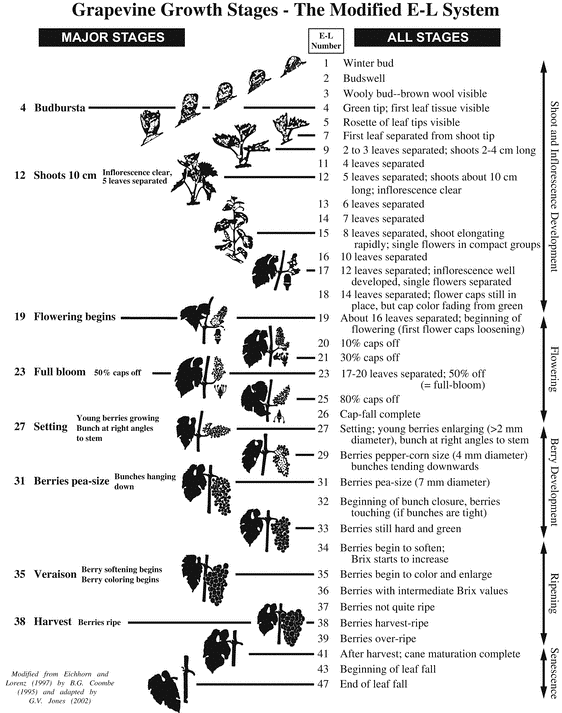



 Print
Print Email
Email